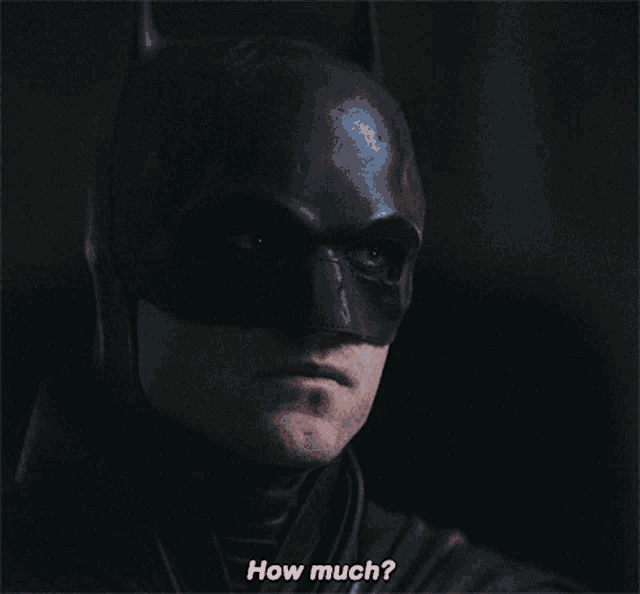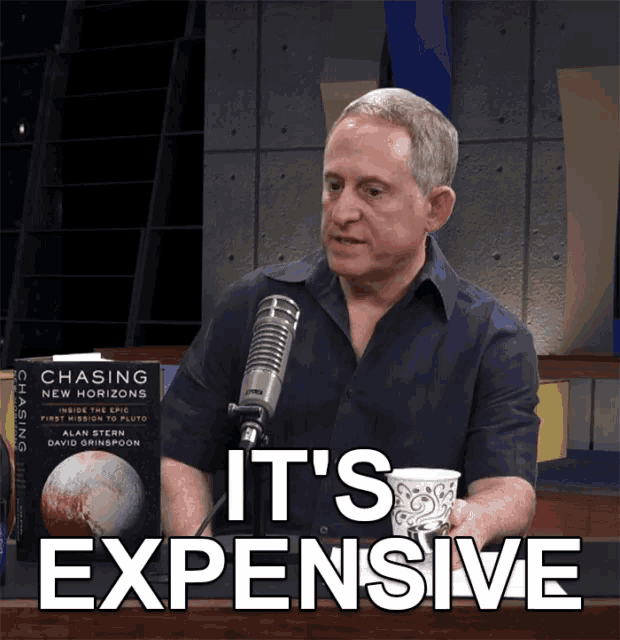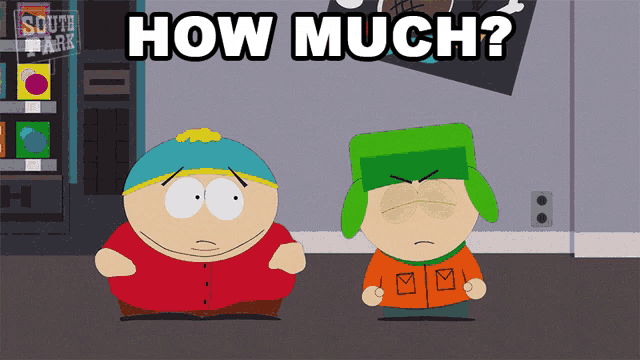Article created on February 18, 2025, article updated on May 26, 2025, by Sandra Sánchez

Contents
- Understanding “How Much?” in Spanish
- The Phrase “How Much?”
- Common Expressions with “How Much?” in Spanish
- Additional Expressions with “Cuánto”
- Examples of “How Much?” in Context
- Frequently Asked Questions About “How Much?” in Spanish
- Referenced Materials
- ¡Perfecto! You’ve Mastered the Art of Asking ‘How Much?
Understanding “How Much?” in Spanish
In Spanish, the phrase “how much?” is primarily translated as “¿cuánto?” for masculine nouns and “¿cuánta?” for feminine nouns. Understanding the distinction between these two forms is essential for proper usage, as it reflects the gender of the noun being referred to. The word “cuánto” is used with singular masculine nouns, while “cuánta” is used with singular feminine nouns. This gender agreement is a fundamental aspect of the Spanish language, which affects not only adjectives but also questions.
In everyday conversations, you will often hear these phrases when asking about prices, quantities, or amounts. Mastering how to use “cuánto” and “cuánta” will greatly enhance your ability to communicate effectively in Spanish-speaking environments.
The Phrase “How Much?”
1. “¿Cuánto?” or “¿Cuánta?”
In Spanish, the phrase “how much?” is translated as “¿cuánto?” when referring to masculine nouns and “¿cuánta?” for feminine nouns. This distinction is crucial because Spanish nouns are gendered, and the form you use must agree with the noun in question.
For example, if you are asking about the price of a masculine noun, such as “el libro” (the book), you would say “¿Cuánto cuesta el libro?” (How much does the book cost?). On the other hand, if you are inquiring about a feminine noun like “la casa” (the house), you would ask, “¿Cuánta cuesta la casa?” (How much does the house cost?).
Understanding when to use “cuánto” and “cuánta” not only helps you ask questions correctly but also shows your grasp of Spanish grammar, which can enhance your communication skills in various contexts.

Common Expressions with “How Much?” in Spanish
2. How to Ask About Prices
When shopping or dining out in a Spanish-speaking country, knowing how to ask about prices is essential. Here are some common phrases you can use:
- ¿Cuánto cuesta? – How much does it cost?
- ¿Cuánto vale? – How much is it worth?
- ¿Cuánto es? – How much is it?
These phrases will help you inquire about the cost of items or services effectively. For instance, if you are at a market, you might ask the vendor, “¿Cuánto cuesta esta fruta?” (How much does this fruit cost?).
3. Money-Related Questions
In addition to asking about prices, there are several other expressions related to money that are useful to know:
- ¿Cuánto dinero? – How much money?
- ¿Cuánto te debo? – How much do I owe you?
- ¿Cuánto sale? – How much does it cost?
These questions can be particularly helpful when dealing with transactions or settling bills. For example, if you are at a restaurant and want to know what you owe, you can ask, “¿Cuánto te debo?” (How much do I owe you?).

Additional Expressions with “Cuánto”
4. Questions About Age
In addition to asking about prices and amounts, “cuánto” can also be used to inquire about age. A common question is:
¿Cuántos años tienes? – How old are you?
This phrase is frequently used in social situations to get to know someone better. For example, when meeting new people, you might ask, “Hola, ¿cuántos años tienes?” (Hello, how old are you?).
5. Questions About Time
Another important use of “cuánto” is in relation to time. You can ask about duration or periods of time with phrases like:
¿Cuánto tiempo? – How much time?
This question can be useful when planning activities or asking about the duration of an event. For example, you might say, “¿Cuánto tiempo falta para llegar?” (How much time is left to arrive?).
Examples of “How Much?” in Context
Understanding how to use “how much?” in different contexts can greatly enhance your communication skills in Spanish. Here are some practical examples:
- Shopping: When you want to know the price of an item, you might say, “¿Cuánto cuesta esta camisa?” (How much does this shirt cost?).
- Dining Out: If you’re at a restaurant and want to ask about the cost of a meal, you could ask, “¿Cuánto es el menú del día?” (How much is the daily menu?).
- Traveling: While planning a trip, you might inquire, “¿Cuánto cuesta el billete de avión?” (How much does the plane ticket cost?).
- Financial Matters: When discussing debts or payments, you could say, “¿Cuánto te debo por el almuerzo?” (How much do I owe you for lunch?).
- General Inquiries: If you want to know about the age of someone, you might ask, “¿Cuántos años tiene tu hermano?” (How old is your brother?).
These examples illustrate how versatile the phrase “how much?” can be in everyday conversation, making it an essential part of learning Spanish.

Frequently Asked Questions About “How Much?” in Spanish
- What is the difference between “cuánto” and “cuánta”?“Cuánto” is used for masculine nouns, while “cuánta” is used for feminine nouns. The choice between the two depends on the gender of the noun you are referring to. For example, you would say “¿Cuánto cuesta el libro?” (How much does the book cost?) for a masculine noun and “¿Cuánta cuesta la casa?” (How much does the house cost?) for a feminine noun.
- How do I use “cuánto” in a sentence?You can use “cuánto” in various contexts, such as asking about prices, quantities, or amounts. For instance, you can say “¿Cuánto dinero tienes?” (How much money do you have?) or “¿Cuánto tiempo falta?” (How much time is left?). It’s important to ensure that the rest of the sentence agrees with the context in which you are using “cuánto.”
Referenced Materials
- 501 Spanish Verbs (Christopher Kendris, Theodore Kendris)
- Practice Makes Perfect: Complete Spanish Grammar (Gilda Nissenberg)
- Lonely Planet Spanish Phrasebook & Dictionary
¡Perfecto! You’ve Mastered the Art of Asking ‘How Much?
Understanding how to ask “how much” in Spanish is essential for both travelers and language learners. This phrase is commonly used in various situations, such as shopping, dining, and everyday conversations. Mastering the use of “cuánto” and “cuánta” allows you to navigate Spanish-speaking environments with confidence and clarity.
Being able to inquire about prices, quantities, and other important information not only enhances your communication skills but also enriches your cultural experiences. Whether you’re bargaining at a market, ordering food at a restaurant, or simply engaging in small talk, knowing how to ask “how much” can help you connect better with locals and make your interactions more enjoyable.
As you continue your journey in learning Spanish, remember that practice makes perfect. The more you use these expressions, the more natural they will become. Embrace the opportunity to ask questions and seek information, as this is a vital step in becoming proficient in the language.
Need a Personal Spanish Teacher?
Looking for a more personalized approach to mastering Spanish? Sandra Sanchez, the passionate and experienced teacher behind Spanish Barcelona, offers one-on-one and group lessons tailored to your needs and goals.
Whether you’re a beginner or looking to refine your skills, Sandra’s customized lessons will help you gain confidence and fluency in no time.
📌 Ready to get started? Leave your request today, and let’s make Spanish learning fun and effective for you!
